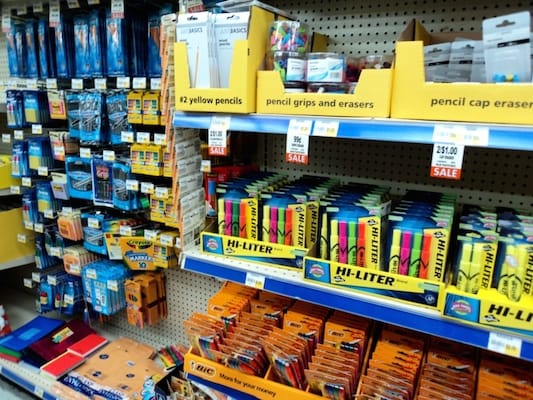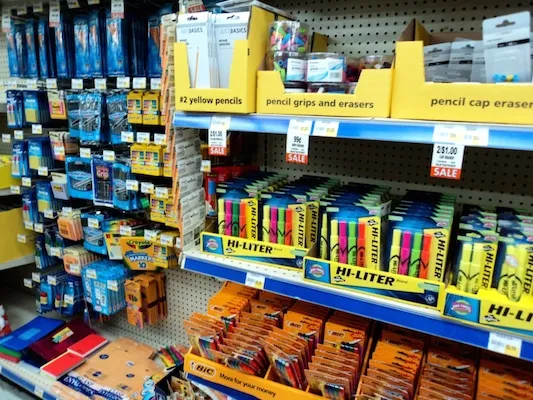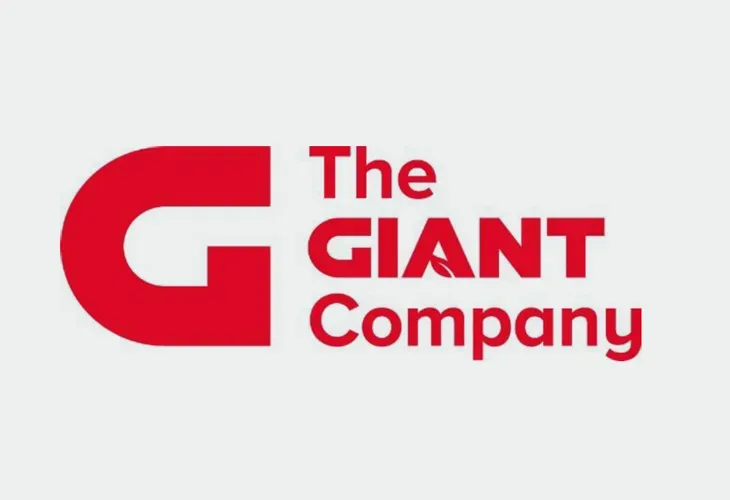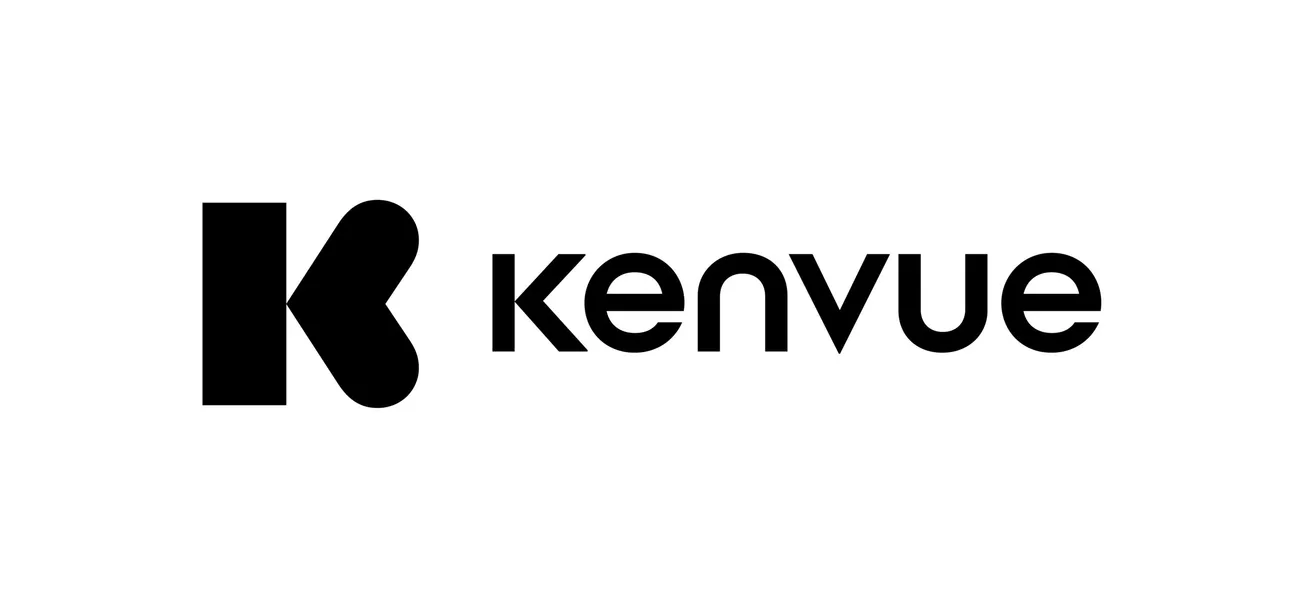NEW YORK — Today, Deloitte released the results of its 2023 Back-to-School survey, which examines consumers’ spending intent amid persistent inflation and shifting priorities as high prices take a toll on parents ahead of the upcoming back-to-school season. The study found that spending for K-12 students is expected to decrease by 10% to $597 per student.

As inflation continues to impact American families, Deloitte also found that shoppers are planning to find ways to economize throughout the back-to-school shopping season. At the same time, most parents are also willing to splurge on particular items for their children, signaling a unique opportunity for retailers.
Some key takeaways from the report include:
- School supplies come out ahead: The overall back-to-school market is expected to decrease to $31.2 billion as spending on clothing (14%) and technology (13%) is down year-over-year, in favor of essential school supplies (up 20% year-over-year).
- Shoppers look to save: Consumers are prioritizing retailers with competitive pricing: 80% cite mass merchants as their preferred retail format, followed by online retailers (60%), and off-price retailers and dollar stores (both at 33%).
- Early bird gets the deal: Parents plan to get a head start on back-to-school shopping, with 59% of spending expected to occur by the end of July (up from 53% last year). This is due to 35% of shoppers believing that better deals occur earlier in the season, rather than later (26%).
- Splurging isn’t off the table: Despite financial concerns, 6 in 10 parents shopping for clothing/accessories and technology items are willing to splurge on better quality products to treat their child.
- Cash is king: More families plan to pay with cash and/or debit cards this season (77%, up from 72% last year) than credit cards (52%) as high interest rates weigh on finances.
- The downside of smartphones: Nearly half of K-12 parents (45%) are concerned about their child’s mental health, with more than one-third (36%) indicating that smartphones have complicated their children’s lives.
After 18 months of inflation, higher prices weigh on many K-12 families as they prepare for the upcoming school year. In addition to a 23.7% increase in the cost of school supplies in the past two years (per the Bureau of Labor Statistics’ Consumer Price Index), 3 in 10 (31%) surveyed parents say their households are in a worse financial situation than last year, and half (51%) expect the economy to weaken in the next six months. According to the “2023 Deloitte Back-to-School Survey,” consumers across income groups are expected to prioritize their spending and find ways to economize throughout the season. However, most parents are also willing to splurge on specific items for their children, signaling an opportunity for retailers heading into the back-to-school shopping season.
Deloitte’s back-to-school survey was conducted online using an independent research panel between May 26 and June 1, 2023 and surveyed 1,212 parents with at least one child attending school in grades K-12 this fall.
Parents rein in spending to focus on the necessities
Uneasiness about the economy is creating price sensitivity and causing some parents to reassess how they’ll approach back-to-school shopping. Based on respondents’ intentions, spending is expected to decline to $31.2 billion this year. Parents expect to spend $597 per student in grades K-12, down 10% from last year.
Despite this shift, the overall market is still above pre-pandemic levels, increasing 12.2% since 2019.
- Among K-12 parents, 34% are postponing nonessential back-to-school purchases, up from 31% in 2022.
- Parents are prioritizing school supplies while pulling back on technology and clothing: Spending on school supplies is expected to increase 20% year-over-year to $7.1 billion. Parents plan to reduce spending on apparel by 14% year-over-year; technology spending is set to decline 13% this year, as many parents purchased needed technology supplies during the pandemic to meet virtual or hybrid learning needs. However, technology spending is significantly higher than in 2019, indicating the potential importance of the category for the industry.
- Over two-thirds of parents (68%) expect to spend the same or less on back-to-school year-over-year.
- Inflation is why some parents plan to spend less on back-to-school and why others plan to spend more. Among parents spending less, 51% attribute it to reduced disposable income (up from 45% in 2022), while 75% of those spending more point to increased prices (up from 60% in 2022).
- Most parents surveyed plan to pay with cash this season; more than three-quarters (77%) plan to use debit cards and/or cash for their back-to-school purchases (up from 72% in 2022).
“With budgets strained this season, continued high prices could dampen the excitement of the back-to-school season for many families. Consumers will likely prioritize where they spend money as they look to replenish their savings accounts and spend on experiences, such as summer vacations, over goods. Parents are likely to be strategic about their spending to help ensure children are set up for success at the start of the school year by renewing school supplies but perhaps holding off on new clothing until needed. It’s not all bad news for retailers with many parents willing to splurge on certain items to treat their children, which may provide an opportunity for retailers,” said Nick Handrinos, vice chair, Deloitte LLP, and U.S. retail, wholesale and distribution and consumer products leader.
Financial fatigue shapes shopping behaviors
Back-to-school shopping will likely focus on finding ways to economize, including researching the best deals, shopping earlier, and getting items (and possibly returning them) in the most affordable manner.
- Some parents plan to get an early jump on back-to-school shopping, with 59% of spending expected to occur by the end of July, up from 53% in 2022. Furthermore, 35% believe better deals occur earlier in the season versus 26% who believe they occur later.
- Consumers overwhelmingly cite mass merchants (80%) as their most preferred retail format, followed by online retailers (60%) and off-price retailers and dollar stores (both at 33%). Forty-six percent of shoppers plan to spend most of their budget at mass merchants.
- Only 34% of respondents say they often find lower prices online. As a result, 74% plan to shop in-store versus 56% plan to shop online for most back-to-school shopping.
- In-store shopping is preferred for traditional categories, while those shopping for technology largely shop online.
- Two in 10 shoppers are undecided about whether to purchase back-to-school items in-store or online, representing a $6.3 billion opportunity for retailers.
- Among online shoppers, 88% are willing to meet a minimum order value to receive free shipping. On average, consumers are willing to spend $32 on a minimum order value for free shipping. Six in 10 (59%) restrict their shopping to retailers with free returns, and 68% prefer returning in-store to avoid paying return fees.
- As consumers look to protect their wallets, the percentage of parents planning to buy sustainable back-to-school products is down from 50% in 2022 to 35% this year (although slightly higher among millennials at 38%). Nearly half (47%) of those who won’t purchase sustainable products say they are not affordable. However, sustainable back-to-school shoppers spend 36% more than others.
- Despite keeping an eye on their budget, many parents are willing to splurge for the right reasons. They say their child can convince them to splurge on clothing (57%) and tech products (56%).
- Parents do their homework: 49% will research online before purchasing back-to-school products in the physical store, and 55% will research retailers’ return policies before buying.
Digital technologies may not make the grade
Social media’s relevance in the back-to-school shopping experience is waning as K-12 parents cite they are using channels primarily to economize. At the same time, some parents report smartphones negatively impact their children and question the use of artificial intelligence for schoolwork.
- Only 21% of parents surveyed plan to leverage social platforms for shopping this year, compared to 35% in 2022. Further, 61% of those who use social media do so to find ways to economize their back-to-school spend.
- Nearly half of K-12 parents (45%) are concerned about their child’s mental health, with more than one-third (36%) indicating that they think smartphones have complicated their children’s lives.
- The adoption of generative artificial intelligence (AI) for schoolwork is nascent: 15% of K-12 parents say their child uses the technology in their schoolwork. However, only 26% of parents say they think it is a positive tool for academic performance and overall learning experiences.
“During the pandemic, the pull forward in back-to-school spending was to overcome concerns around stock-outs, but this year, we see consumers planning to economize throughout the back-to-school shopping journey. This cost consciousness is causing them to shop earlier, shop in-store to find the best price, and prioritize what they’ll purchase to start school. We expect a potentially strong season for brick-and-mortar, particularly among mass merchants who deliver a one-stop shopping experience,” added Brian McCarthy, principal, Deloitte Consulting.









